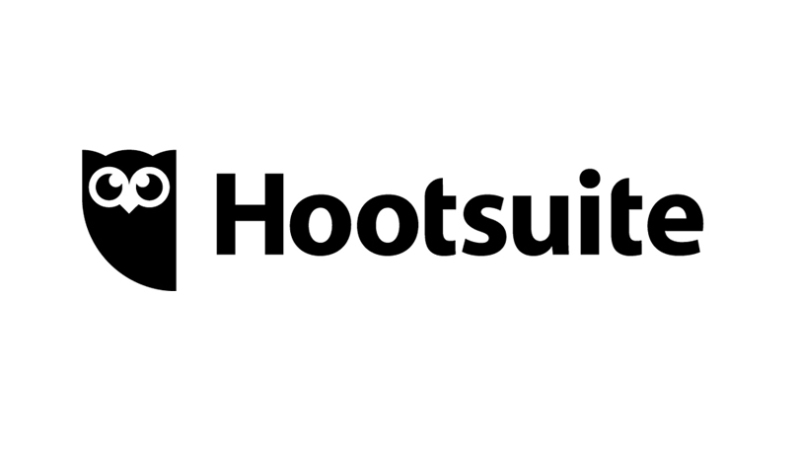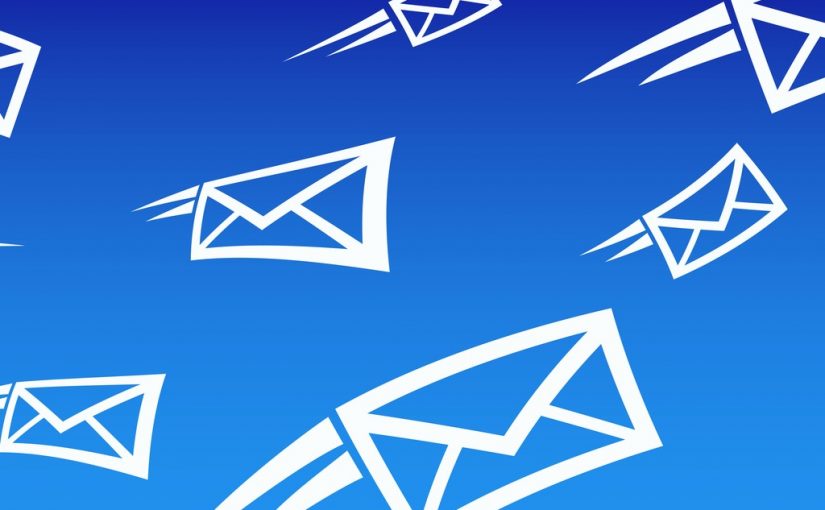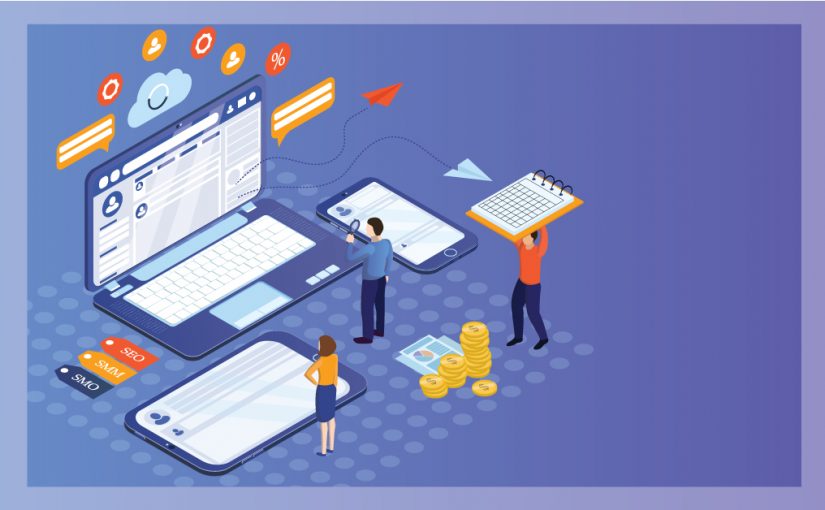The Covid-19 pandemic has shifted the business paradigm like nothing before. Stores across the country and the world have had to close shop and rely on their digital presence to see them through these difficult times.
However, it’s great to know that there are several large companies which are doing all they can to help small businesses stay afloat and perform the crucial tasks they need to ease their administrative burdens. Here are a few services your company can use during the pandemic to help your employees in a variety of ways. (images are also links to the sites)
DocuSign
Everything in this time is done digitally, so it makes sense to have software which allows you to sign documents electronically. This is where DocuSign comes in, and new customers who sign up for the software are currently getting three free months, including one hundred “envelope sends.”
In other words, companies who sign up for soon can send multiple documents to be signed in the same envelope, which is always a nice feature to have. The software is a godsend for law firms and other companies who need to acquire legal signatures from remote locations.

Microsoft
Easy and efficient communications have become one of the most important cornerstones of the new business realm. Luckily, Microsoft has developed Microsoft Teams to become one of the most effective and widely used platforms for connecting teams from home.
When customers commit to an annual plan for Microsoft Teams, they also receive a free six months of Microsoft 365 Business Basic, which is a great way to connect your many communication channels. Better yet, the licensing fee for the products is extremely affordable and includes online versions of popular Microsoft applications such as Word, PowerPoint, and Excel.

GoDaddy
GoDaddy has been one of the premiere businesses for acquiring a domain name, but they’ve recently started to help small businesses during the pandemic. Most prominently, GoDaddy is helping small businesses improve their marketing and advertising efforts due to shrinking budgets and other constrictions brought about by the virus.
Companies which sign up with GoDaddy’s service actually receive a free website, on top of use of GoDaddy’s e-mail marketing resources, which include Google Busines and Facebook. For those companies who already own a site, GoDaddy is also offering great tools for social media marketing.

PayChex
Administrative burdens are always a headache in the best of times, and the pandemic has made them overwhelming obstacles to daily activities for many businesses. Working remotely is extremely different for administrators who need to be up-to-date and cognizant of every detail and problem within a payroll system. There’s good news for companies who are struggling to keep up with their administrative duties, however; Paychex is currently offering three months free for their payroll services.
In addition to the help Paychex is providing through their streamlining of payroll services, they’re also providing State Unemployment Insurances services for three months when customers sign up to their software. As an extra help to small businesses, Paychex is also helping businesses retain and pay their employees until the economy recovers from the shock of the pandemic.

Freshworks
Despite its name, Freshworks actually provides software which eases communication efforts and helps teams everywhere stay connected while working remotely. Business with less than fifty businesses can currently purchases their customer engagement tools for free; these tools include their popular Freshchat and Freshcaller services.
Freshchat is a platform which makes chatting and messaging easier within organizations and Freshcaller is designed to move your call center to the cloud, creating a hotline which can be answered at any time by members of your team working remotely. These services substantially ease the pressures of communicating within your team and with valued customers.

Hootsuite
Social media is more important than ever as customers are accessing companies and their services through digital means. Social media allows companies to engage and interact with customers but the breadth and complexity of social media sites can sometimes be difficult to manage. That’s where Hootsuite comes in.
Hootsuite allows businesses to manage their social media platforms and make posting to Facebook, Twitter, and Instagram easier and coordinated more consistently. It presents your social media sites and presence in one easy-to-read dashboard and makes the creation of an overarching strategy simple and easy.

1Password
Password protection and security is a crucial but undervalued component for many small business owners. Good quality protection for passwords is a great way to ensure security and stability for your site and offer great peace of mind for years to come.
1Password is a great tool to use to generate and manage passwords so your company keeps hackers off balance and unable to access your site through a direct attack. In addition, 1Password is helping small businesses by providing their services for free for the first six months.

Flocksy
On top of all of these great companies, you can always trust Flocksy to handle and execute your media needs with ease and professionalism. Flocksy is a trusted platform which handles the needs of many companies from a media perspective.
Their team of trusted copywriters can create original content, edit your already created content, shoot video, write scripts, and perform many more tasks in all areas of creation and brand management. If you need a partner to help you with your media needs, there’s no better ally than Flocksy.




















